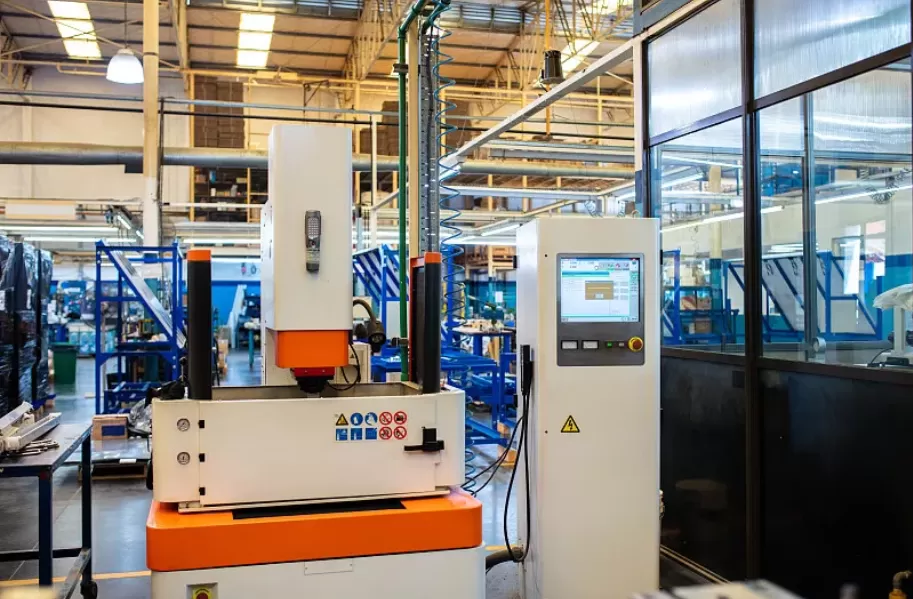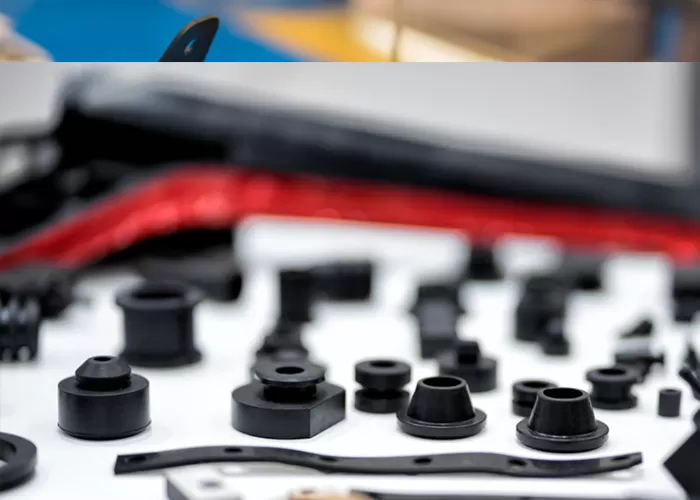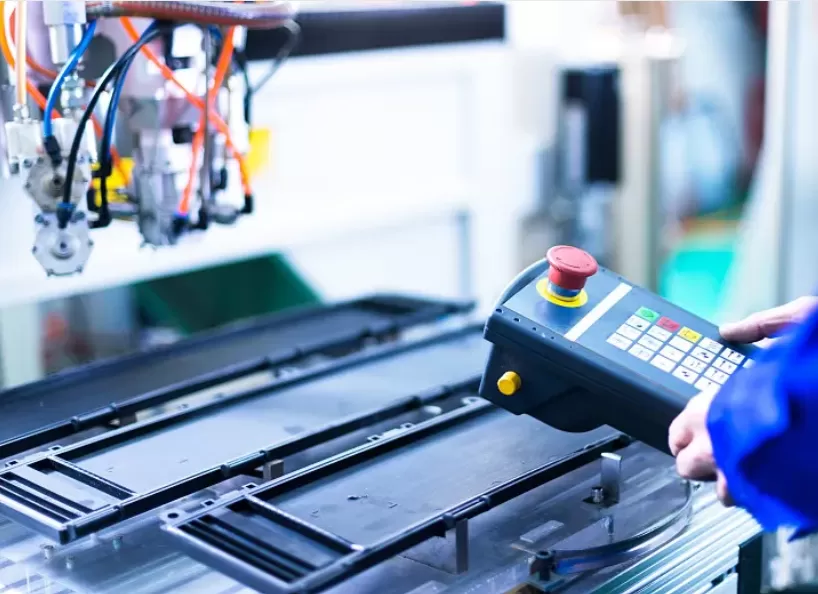When it comes to designing products for injection molding, there are many factors to consider. From choosing the right materials to understanding the manufacturing process, every step plays a crucial role in producing high-quality products that meet industry standards.
In this ultimate guide, we’ll explore the ins and outs of designing for injection molding, starting with an overview of the process and moving on to the specific steps you need to take to ensure your design is a success. Whether you’re a seasoned industry professional or just starting out, this guide will provide you with valuable insights and practical tips to help you take your product design to the next level.

Overview of Injection Molding
Injection molding is a manufacturing process used to create products by injecting molten material into a mold. The process involves a complex series of steps, from creating the mold itself to melting and injecting the material, and finally, removing the finished product from the mold.
The process is widely used across a variety of industries, including automotive, medical, and consumer products. As such, it’s essential to understand how to design products that meet industry standards and ensure consistent quality.

Tips for Designing for Injection Molding
- Choose the Right Materials
Choosing the right materials is essential for producing high-quality products that meet industry standards. There are many factors to consider when selecting materials, including stiffness, durability, and resistance to heat and chemicals.
In addition, you’ll want to choose materials that are compatible with injection molding and can withstand the high temperatures and pressures involved in the process.
- Consider the Manufacturing Process
When designing for injection molding, it’s important to keep the manufacturing process in mind. This means designing products that can be easily produced and assembled, while minimizing the number of parts and reducing waste.
By considering the manufacturing process from the outset, you can reduce costs and improve product quality, while ensuring that your design meets industry standards and regulatory requirements.
- Optimize the Mold Design
Optimizing the mold design is crucial for producing high-quality products that meet industry standards. This means working closely with your manufacturer to create a mold that is efficient, reliable, and can produce consistent results.

By optimizing the mold design, you can create products that are more precise, have consistent dimensions, and require less post-processing. This can result in significant cost savings and a more efficient manufacturing process.
- Test and Refine
Finally, it’s important to test and refine your design to ensure that it meets industry standards and performs as expected. This means conducting extensive testing, using high-quality materials, and making adjustments based on feedback from your manufacturer.
By testing and refining your design, you can ensure that your product meets the highest standards for quality, performance, and safety. This can help you improve customer satisfaction, reduce costs, and increase profitability in the long run.
Designing for injection molding is a complex process, but with the right tools and knowledge, it’s possible to produce high-quality products that meet industry standards and regulatory requirements. By following the tips outlined in this guide, you can optimize your design, reduce costs, and improve product quality, while ensuring that your product meets the highest standards of safety and performance. So what are you waiting for? Start designing for injection molding today and take your product design to the next level!

